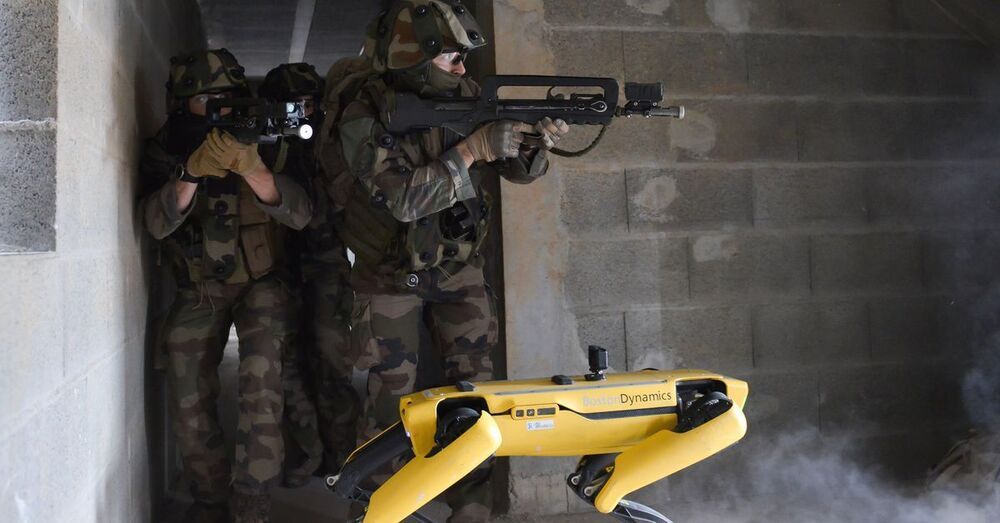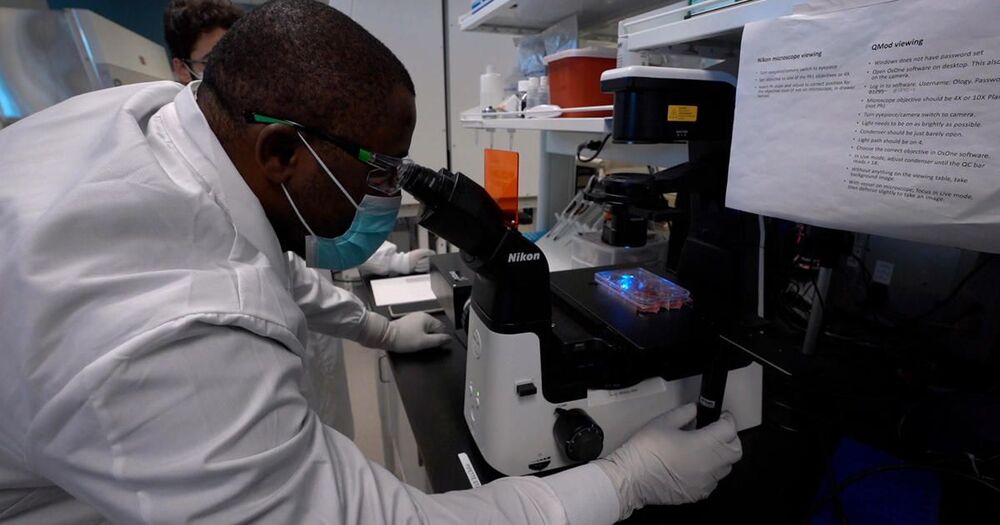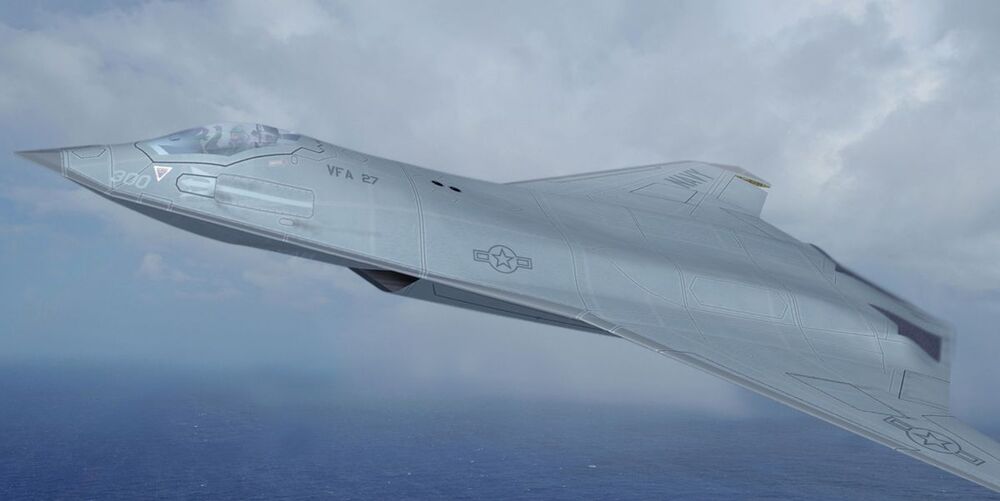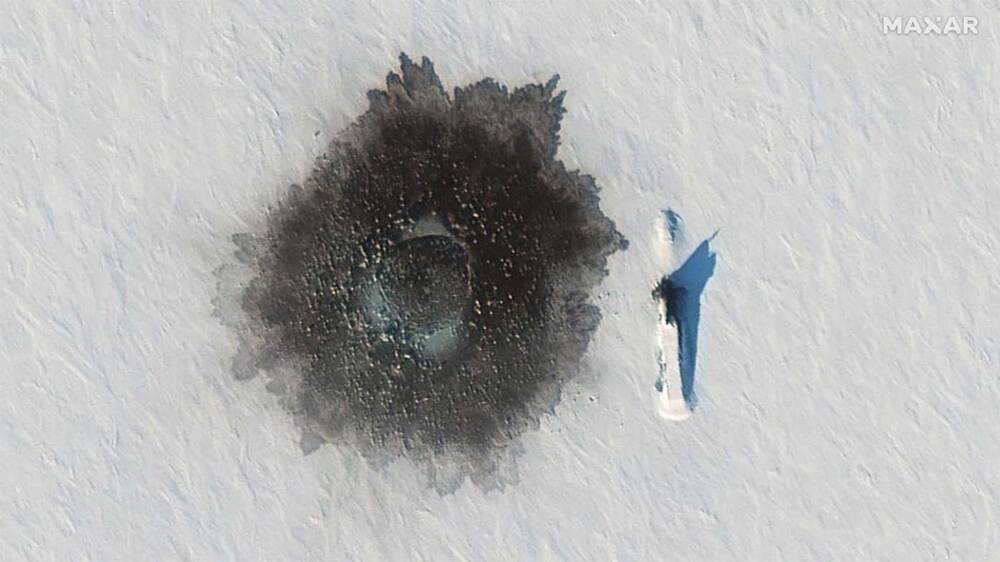Spot was apparently being used for reconnaissance.
Pictures of the exercises were shared on Twitter by France’s foremost military school, the École Spéciale Militaire de Saint-Cyr. It described the tests as “raising students’ awareness of the challenges of tomorrow,” which include the “robotization of the battlefield.”
A report by French newspaper Ouest-France offers more detail, saying that Spot was one of a number of robots being tested by students from France’s École Militaire Interarmes (Combined Arms School), with the intention of assessing the usefulness of robots on future battlefields.
Boston Dynamics’ vice president of business development Michael Perry told The Verge that the robot had been supplied by a European distributor, Shark Robotics, and that the US firm had not been notified about this particular use. “We’re learning about it as you are,” says Perry. “We’re not clear on the exact scope of this engagement.” The company says it was aware that its robots were being used with the French government, including the military.








